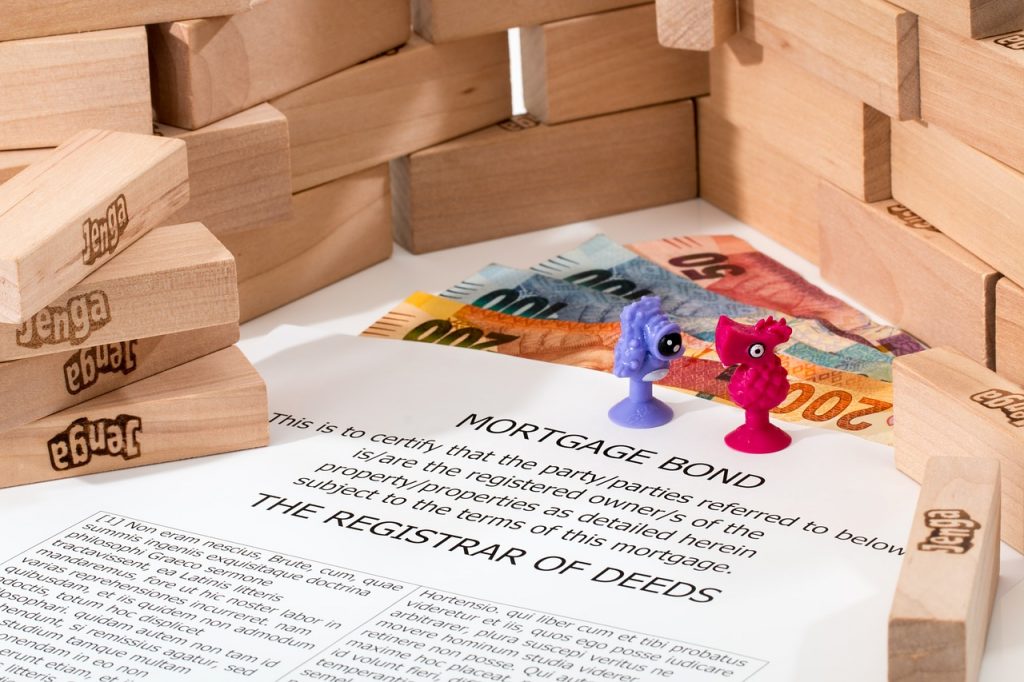Unconventional mortgages are on the rise, reaching their highest level in 2018 since the days of the Great Recession back in 2008. But these types of mortgages, which include subprime loans for borrowers with blemished credit records, are not going to cause a repeat of that economic crisis, experts say.

While these more risky loans are becoming more common, economists working with the best stock trading apps dismiss the notion that the economy is headed for another mortgage meltdown.
For one thing, the number of unconventional mortgages is still less than 3% of all loans made in 2018. In 2006, for comparison, unconventional mortgages made up 39% of the market. Negative amortization lending, in which the balances on the loan grow, have generally vanished from the market.
Further, Guy Cecala, publisher of Insider Mortgage Finance, told Kiplinger’s Money Power that the unconventional mortgages of today aren’t quite as risky as they once were. Most lenders are now required to make an effort to determine if a borrower has the “ability to repay” the loan. Lenders also may look to counter some of the risks of applicants, such as offsetting a high debt-to-income ratio, limited documentation, or interest-only loan with a high credit score and a large down payment, Kiplinger’s reports.
The largest concentration of nonconventional loans in recent months has been among borrowers with limited or alternative documentation, such as those who are self-employed, those having a debt-to-income ratio above 43%, and those desiring an interest-only loan, according to CoreLogic, a real estate data firm. Lenders are also loosening up underwriting in some cases to add more mortgage business and distinguish themselves from competitors, Cecala says.